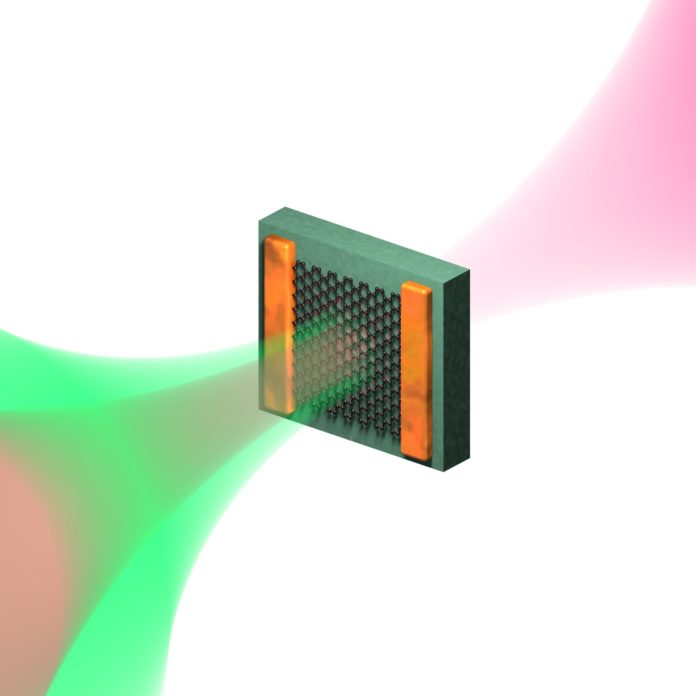Utilizing graphene as a light-sensitive material for light detectors can offer critical changes regarding materials. For instance, it can detect light of almost any color, and it gives an extremely fast electronic response within one-millionth of a millionth of a second.
It is likewise essential to understand the process of developing graphene-based light detectors that take place inside the graphene after it absorbs light.
A team of European scientists including ICFO from Barcelona (Spain), IIT from Genova (Italy), the University of Exeter from Exeter (UK) and Johannes Gutenberg University from Mainz (Germany), have now succeeded in understanding these processes. They unveiled the reason behind why, in some cases, the graphene conductivity increases after light absorption and in other cases, it decreases.
Their study found that this conduct associated with the manner by which energy from absorbed light streams to the graphene electrons: After light is consumed by the graphene, the procedures through which graphene electrons warm up happen to a great degree quick and with a high productivity.
For highly doped graphene (where many free electrons are present), ultrafast electron heating leads to carriers with elevated energy – hot carriers – which, in turn, leads to a decrease in conductivity. Interestingly enough, for weakly doped graphene (where not so many free electrons are present), electron heating leads to the creation of additional free electrons, and therefore an increase in conductivity.
This basic situation of light-prompted electron warming in graphene can clarify numerous watched impacts. Besides portraying the conductive properties of the material after light ingestion, it can clarify bearer increase, where – under particular conditions – one assimilated light molecule (photon) can in a roundabout way produce in excess of one extra free electron, and consequently make a proficient photoresponse inside a device.
The result of the study is published in the journal Science Advances.
